This article was originally published in RC Driver’s June 2016 issue.
By Joe pPapa
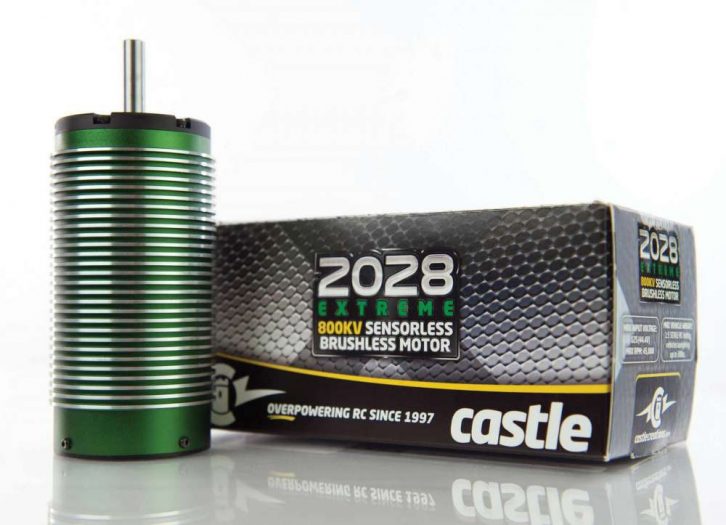
I will never forget the first time I saw an HPI Baja 5B in person. If bigger really is better, the 5B would be my next radio controlled buggy. It could go practically anywhere and ran on 87-octane gas. Once I bought one my excitement was replaced by a need to apologize for its performance to any onlookers. Painfully underpowered, the Baja was “all show” and no go! When Castle released the brushless conversion I had already spent thousands on the 5B making it faster. Bigger engines, billet clutch assemblies and tuned pipes left me unsatisfied, and the neighbors were sick of the loud noise. Back then nearly all the brushless speed controls were plagued with issues but the gas was far from being problem free. I bought and installed the Castle conversion with XL speed control and 2028 motor. After the first run I was completely hooked. The heavyweight behemoth finally had low-end torque and some real top speed. Inspired by the original, I eventually designed the first brushless conversion for the Losi 5ive T using the same 2028 motor from Castle that started its life in the Baja.
In 2010, I don’t think HPI, Castle Creations, or even I could have imagined how much it would change our hobby. Today, brushless powered 1/5 scale plat- forms are some of the most powerful radio controlled machines available. The new Mamba XLX system from Castle Creations is the next evolution of their incredibly suc- cessful power system.
• ESC Auxiliary channel offers parameter changes from the radio
• Internal BEC offers 20 amp peak output
• Built in Capacitor pack 2028 Extreme motor rated for 45,000 RPM
• Improved stator and rotor design can handle 12S
• 800Kv (higher rpm)
ESC SPECIFICATIONS
Input Voltage Range: MIN: 3S LiPo, MAX: 8S LiPo
On/Off Switch: Via power connection
BEC: Adjustable from 5V to 8.4V (20A peak), default 5.5V
Length: 4.81 in. (122.23mm)
Width: 2.06 IN. (52.38MM)
Height: 2.75 in. (69.85mm)
Weight: 10.4 oz. (294g)
THE GOODS
Motor: The original 2028 is based on the Neutronics motor design but mass produced in China. Incredibly reliable, the original design has endured the unimaginable pun- ishment I’ve subjected it to in both the Baja and the Losi 5ive. Heat is the only concern I have encountered, especially in the Losi, which weighed 38 pounds. In the Baja, only when run in tall grass or when airflow around the motor was blocked by debris would heat become an issue.
The 2028 Extreme has a revised stator design using the highest quality steel laminations. Combined with a new magnet shape on the rotor, the newer design claims to reduce cogging torque. Anything that can be done to improve this will improve performance when accelerating from a stop.
Industry regarded NMB ball bearings guide the 8mm shaft under the brutal loads. Kevlar thread wraps protect the new magnet design against up to 45,000 rpm. The origi- nal motor was rated for only 30,000 rpm so it’s quite clear that Castle is confident in their newer design. Normally Castle is con- servative in their ratings since customers are known to abuse their gear and the new rpm limit is nearly the same as the $900 dollar Lehner 3080 I have in the Losi.
XLX Speed Control: The new XLX is immediately going to grab your attention the moment you see it. With a bank of external capacitors nearly twice as large as the XL2 speed control, the XLX has significantly more filtering capacity to handle ripple current from lower output or weakened LiPo packs. Some speed controls include separate capacitor banks to improve filtering but the closer they are to the controller the quicker they can do their job. Integrating them on the controller also makes installation easier.
BEC: The XLX is also one of the only 1/5- scale speed controls with a BEC. The original was rated for 5 amps and believe it or not that was impressive at the time since 1/8- scale controllers were limited to only 3 amps. Castle has managed increase the peak current of the XLX BEC to 20 amps. This should improve overall reliability and prevent brownouts.
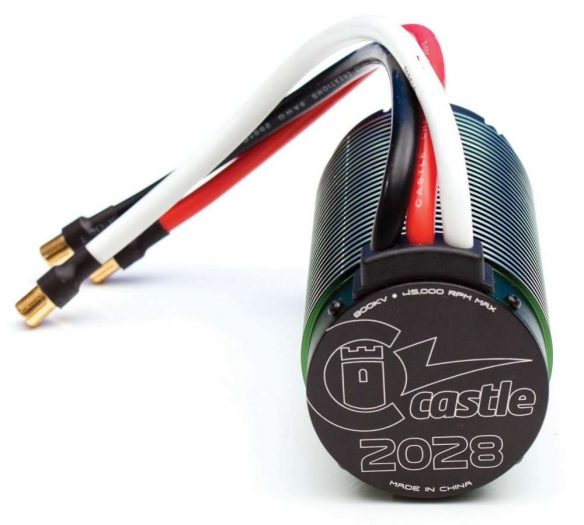
AUX Channel Support: The addition of the AUX channel is probably one of the most valuable new features. It allows you to change parameters from a third radio channel during a run. In the past you would have to connect to the ESC through the Castle Link software on a PC to make these changes. This may not seem like a big deal but after some time with the XLX controller, I wouldn’t give it up and want more. Imagine having to connect to a laptop at the track to adjust your steering trim or end points? It would be frustrating to say the least and giving up this aux channel now seems crazy to me. It’s one of those things that leaves you saying, “Why didn’t someone think of this sooner?” Since nearly all the radios we use have a free channel this just makes sense and is a perfect example of Castle’s dedication to innovation.
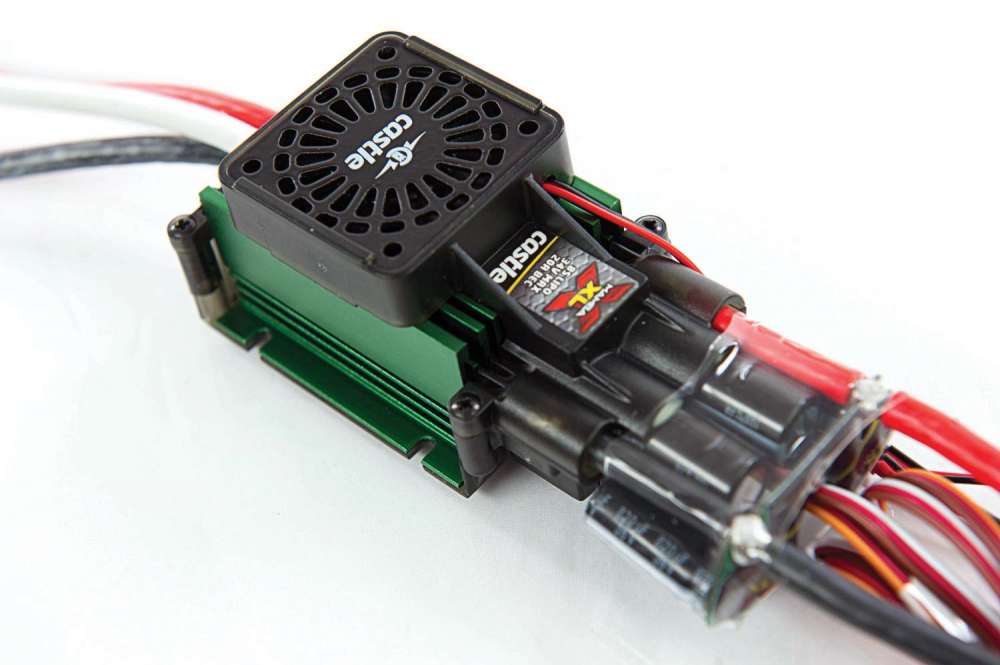
Data Logging: Another incredibly valuable tuning aid is the built in data logger. It gives you access to the health of your entire setup by recording ripple current. Performance date like current draw, voltage, etc. is also recorded and gives you tremendous insight on how much power you’re making. The auxiliary channel can be set to allow you to erase the log before a run so you know the data recorded is from the battery you are about to run. Previously you would have to connect to the PC to wipe it clean.
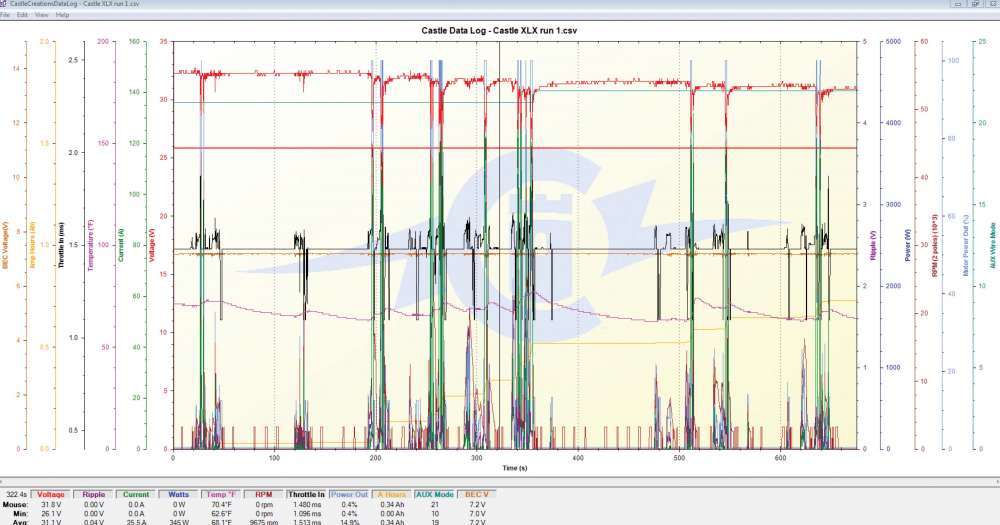
Support for Futaba Sbus integration: If the data log gets you excited get ready to be shocked again. Castle has added support for the soon to be released Futaba T4PX. This will allow the XLX system to transmit telemetry directly to the display during the run. You’ll be able to monitor ESC tempera- ture, current draw and battery voltage. I’ve had telemetry on the drones I fly for a while and having the radio vibrate, beep or talk to let you know your battery is low or things are hot is amazing. The best part is that you don’t have to run wires to sensors. All the telemetry capability is built into the ESC. Buying all the sensors to monitor the same data isn’t even possible. Current draw requires a special sensor and most telemetry systems don’t support it, and it adds clutter to your model. If you like telemetry and a clean wiring setup, this is going to blow your mind.
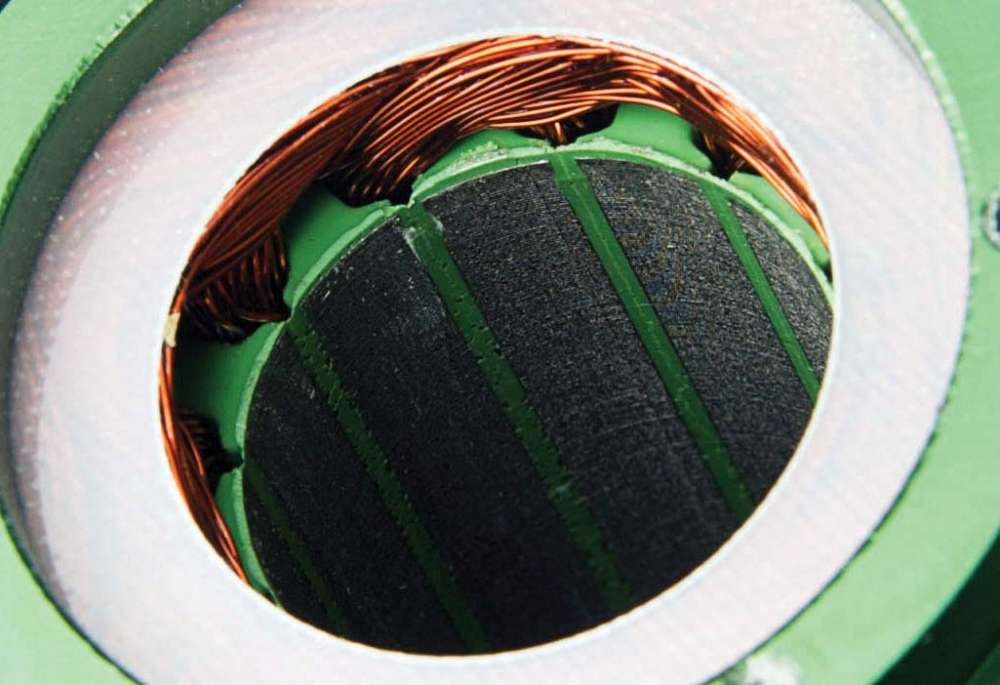
The last feature I like will get your attention literally. Castle has programmed the controller to make audio tones to alert you to trouble when it happens. Through a simple system of short and long beeps you can simply refer to the quick reference card to determine what the XLX is saying. For example, four quick beeps will let you know your data log is full. One long and one short beep denotes “over current.” These audio warnings are simple, effective and valuable.
Connections: One important consideration you’ll want to consider before you order your XLX system is connecting the Castle Link to the controller. The XLX has two receiver connections. One is the “AUX” to control the parameters from the remote and the other is labeled “RX” for throttle control. Before you can connect a USB Castle Link to the XLX “RX” cable you must disconnect the AUX cable. The USB module plugs into the RX cable on the XLX, but the AUX cable must be disconnected to prevent damage to your Castle link. If you’re like me and appre- ciate neat and secure wiring, unplugging things can be frustrating and difficult. To remedy this, Castle offers a brilliant little device to eliminate the hassle. Called the Quick Connect Duo, it’s about the same size as a Castle Link and plugs in line with the XLX and your receiver. A third wire labeled “link” can be routed anywhere convenient and lets you connect your Castle link there without removing or disconnecting anything from the receiver.
Since the XLX system is intended for vehi- cles weighing less than 30 pounds, installing it in the Losi 5ive was not recommended. Since my Baja is still gas and collecting a nice layer of dust on the shelf I called my friend Eli to lend a hand. Known as Ebomb in the forums, he’s extremely well stocked in the 1/5-scale arena so I asked to borrow one of his project buggies for the test. I took a ride over and selected the 5B from the rack of 1/5-scale buggies and truggies in his arsenal. In the process of being converted to a sand rail, the 5B was a bare roller, complete with bald slicks from the original Castle 2028 that for- merly resided in its frame. Since the Castle conversion was already in place, dropping in the motor and ESC would be a snap. In less than an hour, the 5B was ready for some unbridled horsepower.
As a habit, I always download the latest Castle Link software and ensure any new firmware is installed. With everything con- nected, the Castle link software performed an automatic firmware update to the USB link. After this, the XLX was instantly detect- ed. At the time of testing, no firmware sup- port is available for the controller but the software will tell you to download the latest version, however version 3.62.00 is the latest. I set a few parameters including torque con- trol from my Airtronics M12 remote via the new Auxiliary channel on the XLX. I also tried drag brake, data log reset and max throttle percentage and really enjoyed hav- ing this control from the radio.
PERFORMANCE
For our tests I used a 16t pinion and 55 tooth spur gear. The two 4S packs were wired in series using Castles green 6.5mm polarized bullets. Normally we’d choose a smaller pinion but the diameter of these tires is smaller due to wear. We suggest starting with the included pinion in the kit when starting out if you’re unsure. I dropped the Baja on the pavement and gave her just a small touch of throttle.
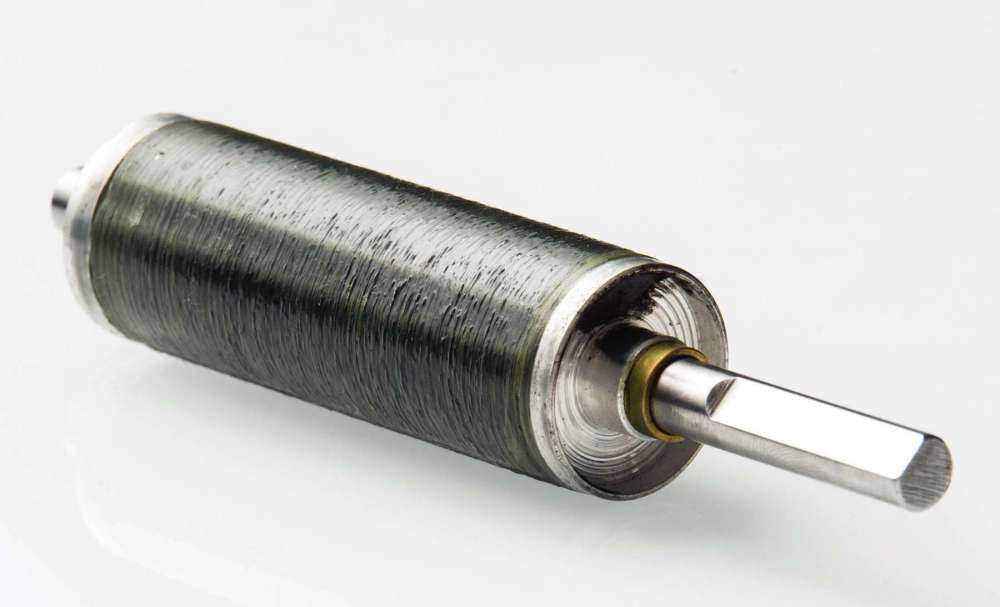
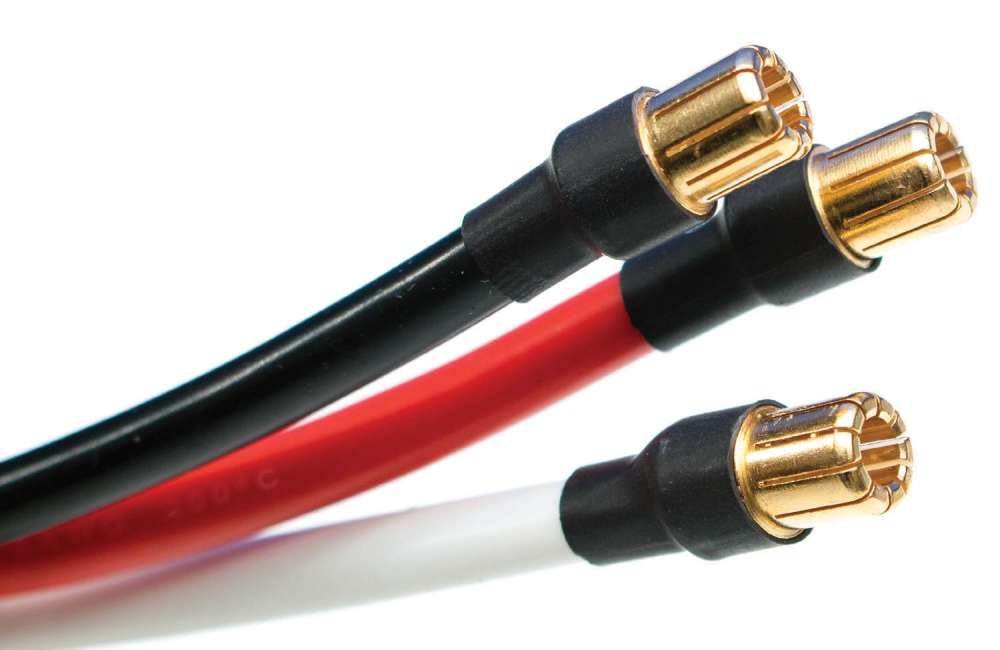
Sensorless 1/5-scale setups can cog or jerk from a stop but the XLX system exhibited no cog- ging at all. Every standing start was extremely smooth and linear. There was a bit of a traction problem due to the ridiculous power the system provides. One analogy that comes to mind is being handed a remote control to drive a real 69 Camaro with a big block on nitrous down a quarter mile with street tires. I reached up on the radio to the dial I assigned to channel three and began to ramp up the torque control now available through the AUX channel. Soon I was easily able to compensate for the power and regain control. Traction compound crossed my mind along with paddle tires for the sand. No air filters or clutches to adjust invites peace to enter your mind and to my amazement it didn’t attract the negative attention I’m so familiar with while running tuned pipes. Even without the fan, temps were incredibly consistent and cool. During our tests we easily got close to 15 minutes of bashing street fun. On the grass I would definitely suggest dropping to a 14 tooth pinion, running the fans and keeping an eye on the area surrounding the motor. Once this area fills with debris or grass temps can rise. On 6S or 8S though, it should rarely be a problem. I’ve run the original motor on 12S and can tell you that the fans were absolutely needed. It will be very interesting to try the 2028 Extreme in the Losi on 12S to compare how temps fair versus the original motor.
Between the Losi and the Baja I’ve used the original Castle 2028 and the Lehner 3080. Ranging from 8S – 12S the two motors are drastically different in price, build and performance. I bought the German Lehner to see if the performance would be different than the Castle 2028. Since the Lenher is a two-pole motor and the Castle is four poles, I do feel the Castle has more bottom end torque. The Lehner motor is nearly $900 dollars and in all honesty the only reason I kept it in was because I spent the money on it. The internal fan kept it cool and it is slightly larger than the Castle 2028 as well. While the actual data log file would prove the hard facts, I would be very hard pressed to come up with a single reason why the new 2028 Extreme motor wouldn’t be the winner overall since the price is nearly $600 dollars less! The Castle motor is also sealed which is much more practical for bashing and dirty conditions and sand that would easily enter and destroy the Lehner. The new 2028 runs cooler than the original, draws less current and has more torque than the 3080. In real world conditions the original 2028 ran up to five minutes longer than the 3080. The new 2028 Extreme should widen the gap more. I’ll have to give it a try on 12S in the 5ive and report back but as it stands right now, the XLX system seems highly refined, incredibly efficient and as reliable as the lock on a bank vault. Ripple current was less than 2%. This is evidence of the cap pack doing its job very well.
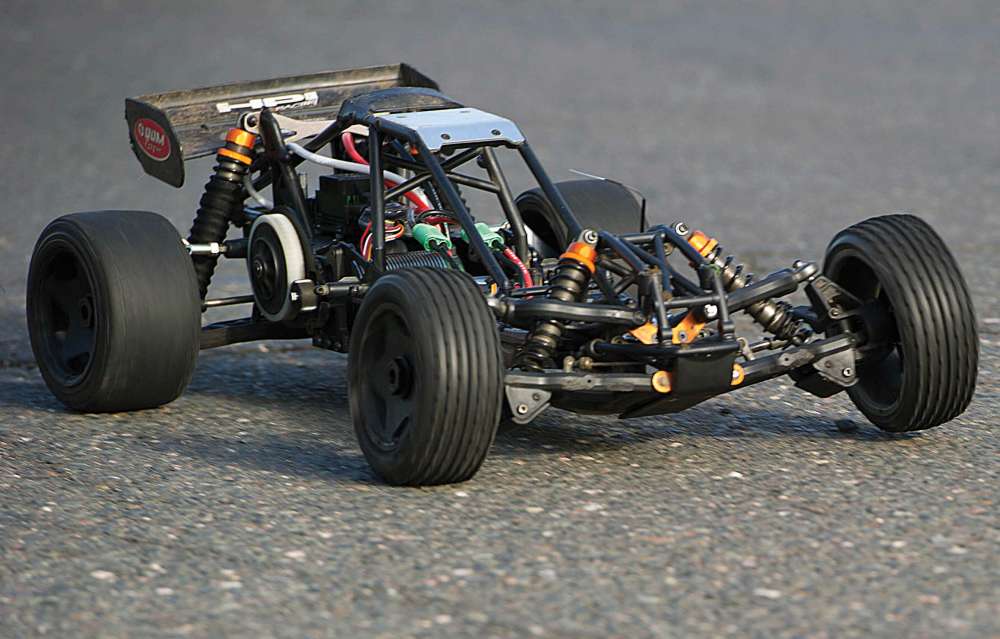
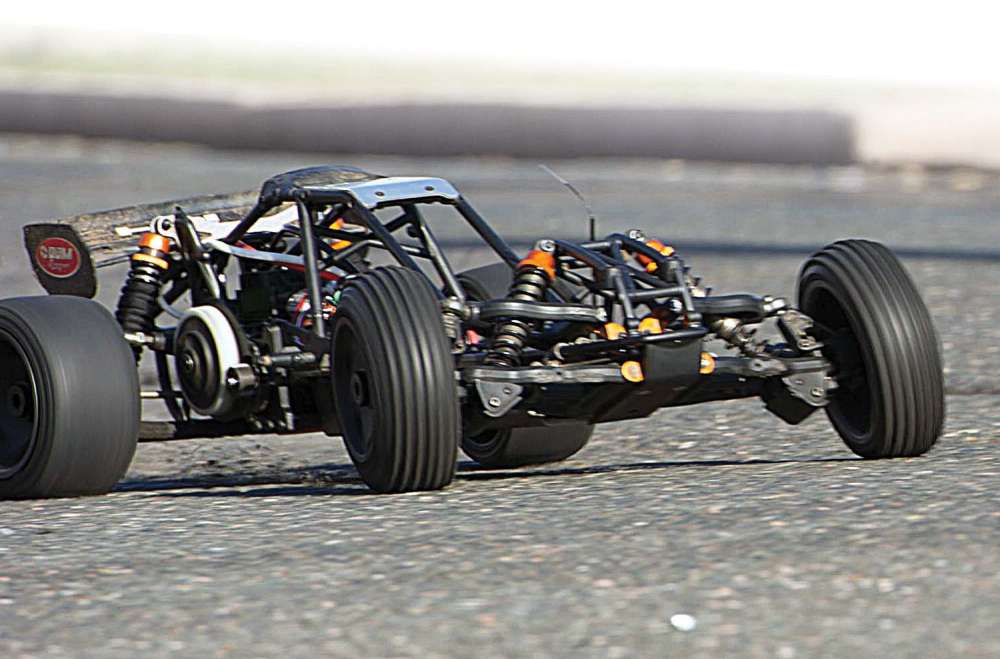
WRAP-UP
I recommend picking up the Quick Connect Duo for $16. It’s a no brainer and well worth the cost for the frustration it alleviates, especially considering the countless times you’ll use it because it’s so easy.
The Baja was completely insane while running the XLX system and laughed at everything I could throw at it without break- ing a sweat. Nothing even close to this price can match its performance and reliability, not to mention Castle’s local support.
With the new Auxiliary control and Sbus telemetry I feel like Castle has brought ESC technology to a place similar to where smart phones have revolutionized communication. I’m eager to see what other functionality will come down the road.
On two 6S packs in parallel you’d have runtime for what may seem like an eternity. On 8S you’ll out accelerate gas engines costing more than the Baja itself. Don’t worry about losing the noise either because the brushless system sounds menacing in its own right. In the past I was never impressed with any of the engines I owned and no amount of noise made up for the lack of power. People who saw the buggy would go crazy until they saw it run. Instead of all show and no go the XLX Baja transforms into a menacing terror that leaves your competition so far in the dust they’ll have no choice but to admit defeat while walking away in shame. Guys with the new Traxxas X-Max are already implementing the XLX system and having incredible results. Since the X-Max is around five pounds less weight, even on 6S it’s even more out of control than the 5B.
With today’s battery and charger technology it is completely feasible to charge in under 20 minutes if you want. With a few packs you can drive non-stop for as long as the car stays in one piece or the tread lasts on the tires. At the end of the day there is no maintenance or wear like there is on engine cylinders and clutch linings. Brushless used to cost more up front but now that’s all changed. If you’re looking for no hassle reli- ability and performance that makes grown men laugh like a five-year old just remember one thing…XLX.
LINKS
Castle Creations, castlecreations.com, (913) 390-6939
HPI Racing, hpiracing.com, (949) 753-1099
Losi, distributed by Horizon Hobby Inc., losi.com, horizonhobby.com, (8 00) 338-4639
 RC Driver The Best In RC Car & Truck News, Reviews & Video
RC Driver The Best In RC Car & Truck News, Reviews & Video 







